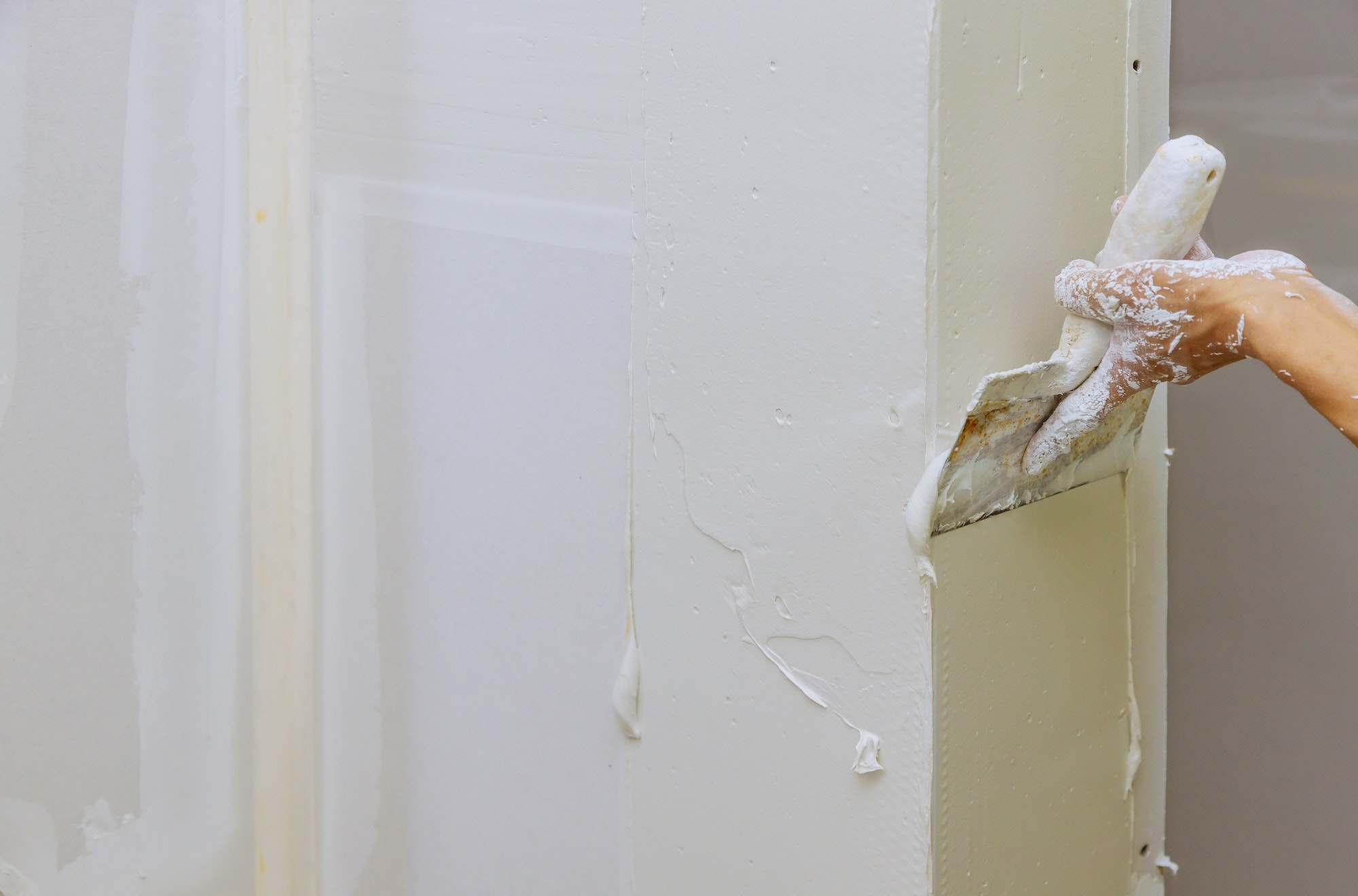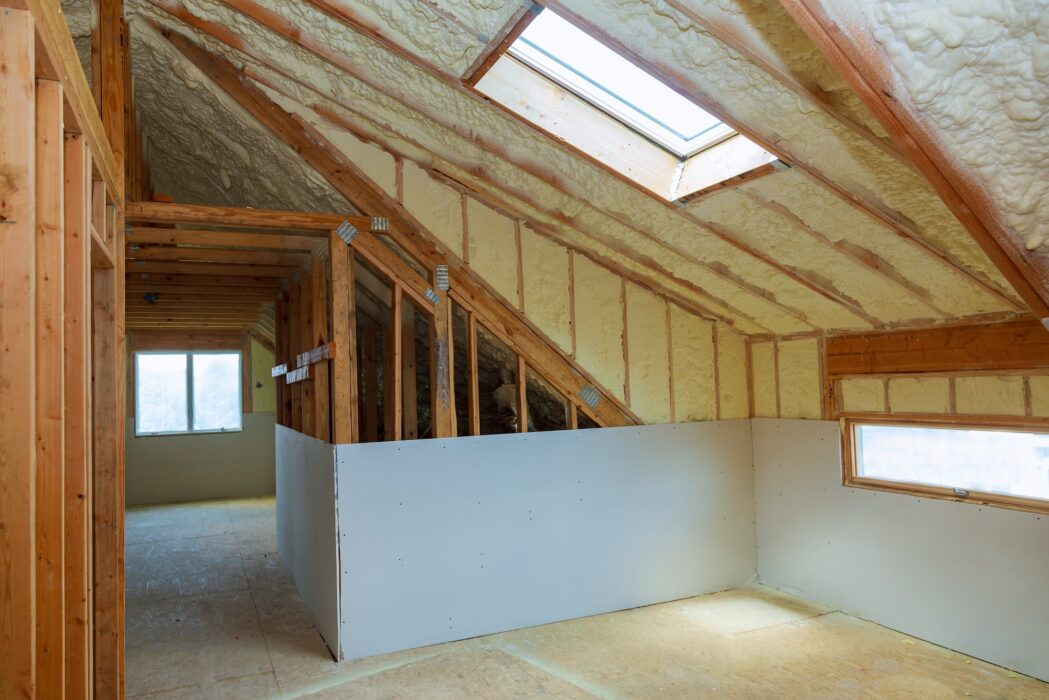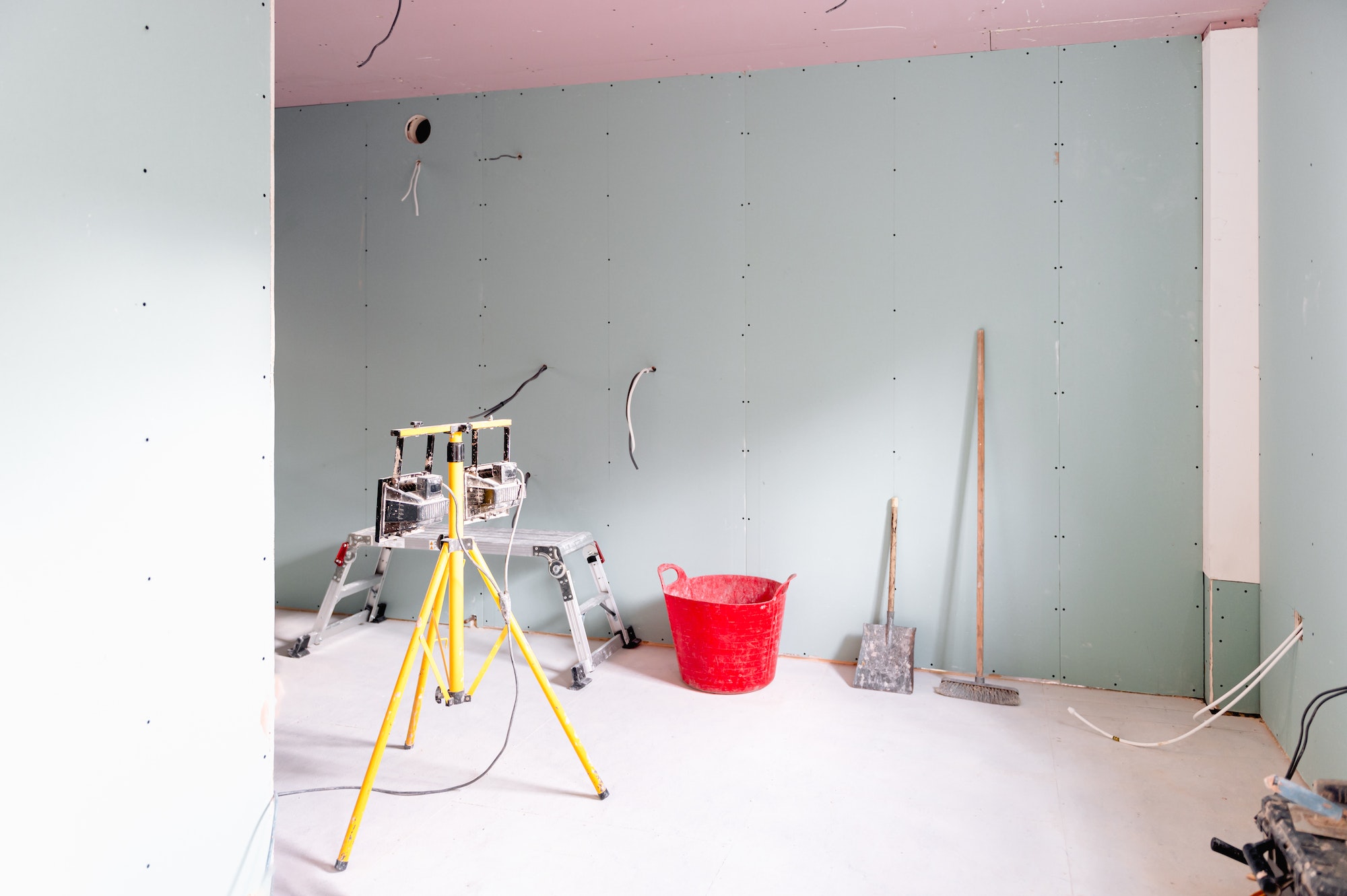
Are you in the process of renovating your home and considering dry lining as an option? With its numerous benefits,…










Don’t settle for less; choose Stallion Plastering for the finest plastering solutions in Liverpool. We expertly tackle industry challenges like substandard materials and unreliable workmanship to ensure your satisfaction. Our dedicated professionals use only the best materials, guaranteeing a seamless and stress-free plastering experience. Trust in Stallion Plastering’s customer-focused approach for exceptional results that truly stand out.

A durable mix of cement, sand, and water, ideal for exterior walls and damp areas, such as bathrooms. It provides a strong and lasting surface.

Perfect for interiors, this smooth finish is created using gypsum powder and water. It's known for its quick drying time and is commonly used for plasterboard or drywall.

A traditional blend of lime, sand, and water, this method is well-suited for older buildings and restoration projects due to its flexibility and breathability.

A decorative finish made from lime and marble dust, offering a polished, marble-like appearance. This elegant option is often chosen for high-end interiors and feature walls.

A versatile exterior finish comprising cement, sand, and lime. It's highly durable and can be applied in a range of textures, from smooth to rough.

An eco-friendly choice made from natural clay, sand, and water. It's breathable, non-toxic, and boasts excellent thermal and acoustic properties.

To become a plasterer, you may start as a labourer in the construction industry, gaining valuable hands-on experience and acquiring an understanding of the work involved. As part of your career progression, it’s beneficial to take a college course or apprenticeship in plastering or construction skills. While you don’t always need formal qualifications to start as a plasterer, having them can make you more attractive to employers and open up more job opportunities. As you continue to build your skills, you can move up to a supervisory role.
On a construction site, a plasterer’s role is crucial in the building process. The work includes preparing and repairing internal and external walls and ceilings, applying plaster, and creating a smooth and level finish. They may also work with dry lining systems, metal frames and rendering. Plasterers ensure that all surfaces are ready for the next stage of construction, whether that be decorating or installing additional features. They also need to adhere to deadlines and work around the many different roles on the site.
A plasterer needs a range of practical skills, including the ability to apply plaster, create moulds, and fix plaster systems. They also need to have a good understanding of construction skills, which relate to the broader aspects of the job, such as working with different materials and methods. Other crucial skills include attention to detail, good physical fitness, and the ability to work under pressure to meet deadlines.
The time it takes for a plasterer to finish a room can vary widely. It depends on several factors including the size of the room, the condition of the walls, the type of plaster used, and the plasterer’s skill level. For instance, plastering a small room might take only a few hours, while a large room with many corners and features could take several days.
Plastering carries certain risks, including physical injury from tools or falling, and respiratory issues from dust inhalation. To mitigate these risks, plasterers should always wear appropriate safety gear, use the correct tools, and follow safety procedures. Adequate ventilation and regular breaks can also help reduce dust-related risks.
When hiring a plasterer, it’s important to look for qualifications, experience, and examples of previous work. You should also explore their understanding of construction skills and the different plaster systems they can work with. It’s useful to ask about their ability to meet deadlines and how they handle potential issues like repairing defects or working around complex features.
A common challenge in plastering is achieving a smooth, level finish – this requires skill and experience. Misconceptions include the belief that plastering is easy or that anyone can do it – in fact, it’s a skilled trade that requires training. Another misconception is that plasterers always apply plaster right down to the floor. However, they usually leave a gap to prevent the plaster from absorbing moisture from the floor.

Are you in the process of renovating your home and considering dry lining as an option? With its numerous benefits,…

How Much Does External Wall Insulation Cost? External wall insulation is becoming an increasingly popular choice for homeowners looking to…

Are you considering giving your walls a fresh look by plastering them? It’s always a good idea to know the…